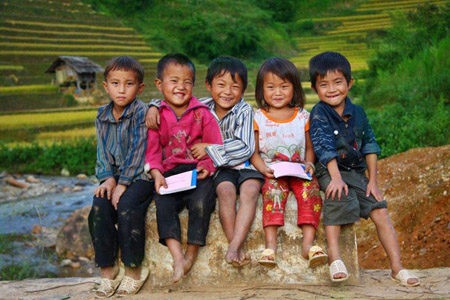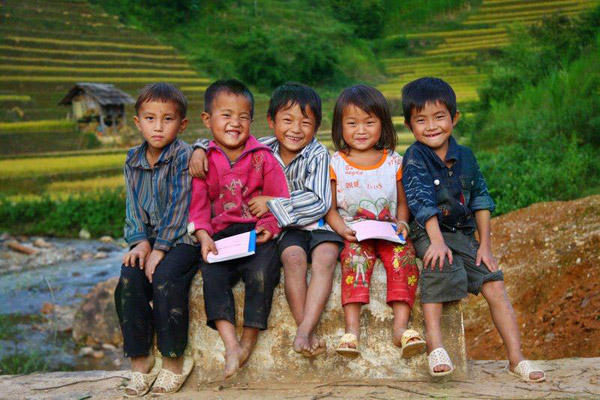Vietnam stretches over 1600 km along the eastern coast of the Indochina peninsula from 8′ 34″N to 23′ 22″ N. The landmass is 329,566 square kilometers, making it larger than Italy and slightly smaller than Japan. Vietnam is a country of immense beauty and geographical diversity. The country is roughly divided into three main areas: North, Center, and South.
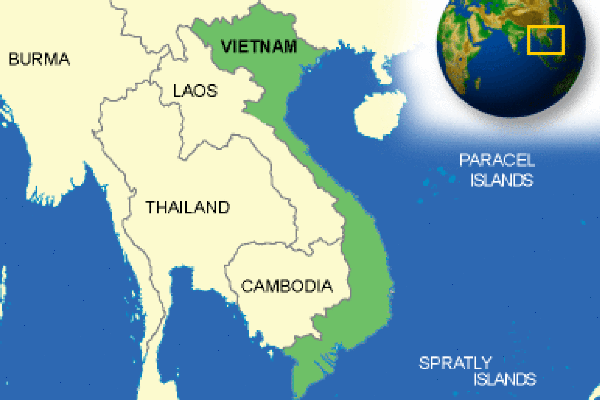
The main feature of the North of Vietnam is mountains and forests along with the vast Mekong River Delta. The North is also home to the Gulf of Tonkin and a maze of islands in the bay. Central Vietnam is made up of agricultural plains wedged between the Truong Son Mountains and the East Sea (East Sea) making some dramatic mountain passes overlooking ocean vistas. The Mekong Delta dominates the south of the country.
Time: Vietnam is GMT + 7 and does not operate the daylight-saving system
Country code: +84
Vietnam Population
The population of Vietnam is 85 million people with 54 ethnic groups. The biggest group is the Viet people, which is 87% of the population. The rest belong to 53 minority ethnic groups.
Vietnam Economy
The market economy is applied. Especially Vietnam just became a member of the WTO (World Trade Organization) the country now is ongoing industrialization and building programs. Vietnamese population is very young: more than 53 million are under 30 years old. The country is very rich in national resources.
Vietnamese People
The majority of the population is comprised of Viet people or the Kinh (87%); people who speak tonal Vietnamese. The minority population is made up of 53 ethnic hill tribe people who mainly live in the central and northern mountainous areas of the country. The best-known hill tribes are the Tay, Nung, Hmong, Zao, White and Black Thai (both mainly from the north), and the Hoa… Each hill tribe has its own unique customs and dialect and some are able to speak Vietnamese.
Vietnam Cuisine
A typical Vietnamese meal consists of rice or noodles with soup, a stir-fry, and another main dish and is eaten on a communal basis. The dishes are usually not spicy and are accompanied by chili sauce, fish sauce, and soy sauce. The traditional Vietnamese breakfast is Pho – a large bowl of rice noodles flavored with sliced beef or chicken and fragrant broth and garnished with fresh coriander and bean sprouts. The country’s 3 main regions, the North, the Center, and the South each have distinct cuisine.
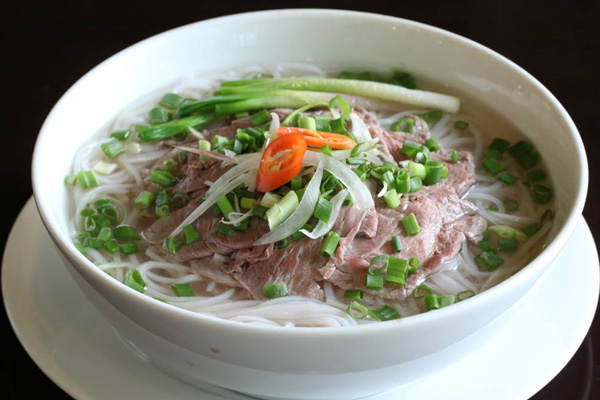
Generally, the North is best known for its noodle soups and meat and seafood stir-fries. The central region especially around Hue has some of the most elaborate dishes. In the south, where there is a greater abundance of spices the food tends to be a little hotter. With over 3,000km of coastline, the seafood here is both delicious and varied. Crabs prawns, crayfish, and squid are in plentiful supply, not to mention hundreds of varieties of fish.
Clothing When Traveling to Vietnam
Light, comfortable, easy to launder clothing is recommended. The temperature during winter months in Hanoi and the rainy season in the central region can be cool; a sweater or light jacket can be handy. Good walking shoes and sandals that can be easily removed are recommended, especially when entering temples and people’s homes.
Light, comfortable, easy to launder clothing is recommended. The temperature during winter months in Hanoi and the rainy season in the central region can be cool; a sweater or light jacket can be handy. Good walking shoes and sandals that can be easily removed are recommended, especially when entering temples and people’s homes.
Shopping in Vietnam
Vietnam offers a wide range of souvenirs and shopping in the various local markets around the country can be great fun. Good bargaining skills are essential and as high-quality souvenirs or genuine antiques are difficult to find, prices should generally below. Here are some of the items which make their way onto many people’s shopping list: Clothes (e.g. T-shirt, polo-shirt, trousers, shorts, skirts,) beaded shoes, conical hats, single-cup coffee filters, sleeping bags, CDs, embroidered table cloths, carving in wood or marble, lacquerware (e.g. pictures, trays, trinket boxes), and traditional style paintings and sketches. Handicrafts produced by the people of the hill tribes in the north are also very popular. These include fabrics, jewelry, embroidered bags, and wickerwork. It is also possible to buy tailor-made clothes. These are made to order and are usually available for collection within 24 hours. One of the best places to buy tailor-made items is Hoi An.
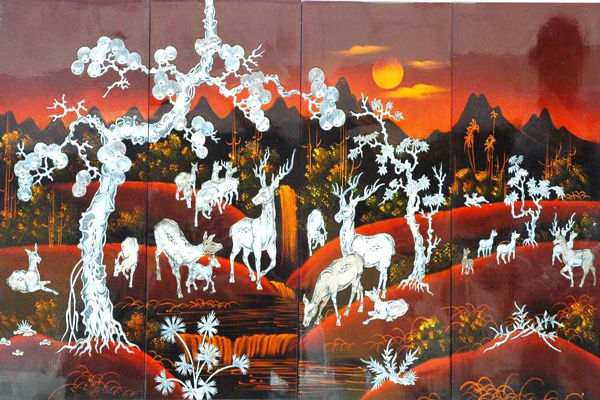
Vietnamese Language
Vietnamese, the official language, is a tonal language that can be compared to Chinese – Mandarin, but there are more tones. With each syllable, there are six different tones that can be used, which change the definition and it often makes it difficult for foreigners to pick up the language. There are other languages spoken as well such as Chinese, Khmer people, Cham, and other languages spoken by tribes inhabiting the mountainous regions. Although there are some similarities to Southeast Asian languages, such as Chinese, Vietnamese is thought to be a separate language group, although a member of the Austro-Asiatic language family.
Vietnamese alphabet is the Roman one and accent marks to show tones. This system of writing called Quoc Ngu was created by Catholic missionaries in the 17th century to translate the scriptures. Eventually, this system, particularly after World War I, replaced one using Chinese characters (chu nom), which had been the unofficial written form used for centuries.
Vietnam Public Holidays
There are four main Vietnam holidays:
- The liberation of Saigon: April 30
- International Worker’s Day: May 1
- Vietnamese National Day: September 2
- The Vietnamese Lunar New Year: Tet
There is no more colorful time to be in Vietnam than during the days leading up to Vietnamese New Year, the most important festival of the year for Vietnam’s Kinh ethnic majority.
Weather in Vietnam
The north of Vietnam and Hanoi have distinct winter and summer seasons. The mainly dry winter lasts from November to April with average temperatures of 18-20°C. Summer lasts from May to October and is hot and humid with temperatures around 30°C. Hue and Danang, in the center of the country, have very hot, dry weather from February to August with temperatures reaching the mid 30’s Celsius, but can experience some heavy rainfall between September and January. Ho Chi Minh City and the south have a hot, dry season from December till April with average temperatures around 28°C and a warm rainy season from May to November. In the rainy season, most rain comes in short, heavy bursts. So all year round is a good season for somewhere
Vietnam stretches over 2000 km from North to South. The climate differs all year round from one region to another. The North can be chilly during winter months (December to March). North and Central Vietnam can encounter tropical storms and typhoons from October to January. Overall, the north of Vietnam experiences more marked seasons than the rest of the country with two distinct seasons: wet and dry. The South, including Ho Chi Minh City and the Mekong Delta, benefits from sunshine and warm weather all year round. However, the rainy season lasts from May to November (with showers once or twice in general) and a dry season from December to April. The Central Highlands can be chilly. Nha Trang has warm –sometimes-hot – weather all year round, with a rainy season from the end of September until December. Unless you intend to visit friends, relatives, or your family, we do not recommend visiting Vietnam during the Lunar New Year, Tet holidays (Vietnamese New Year falls between late January and February). The Tet holiday is the most important period of the year for Vietnamese people who take time off to visit their families in the countryside. All hotels, buses, trains, and flights are full, and there is almost no activity in the markets and shops. Some hotels and restaurants are understaffed and in some cases, the quality of the service may suffer. This period of reduced activity may last from a week before and a week after the Tet period.
Arrival in Vietnam
Visa to Vietnam
Most visitors to Vietnam require a visa to enter the country. For tourists from Norway, Sweden, Denmark, and Finland traveling to Vietnam and staying for 15 days or less don’t have to apply for entry visas, provided that their passports are valid for at least three months and they can show their return ticket. Those who wish to stay longer than 15 days will need to apply for a visa. For Thai, Indonesian, Lao, Malaysian and Singaporean do not need a visa for a visit up to 30 days. Philippines passport holders do not need a visa for a visit up to 21 days. Japanese and South Korean passport holders do not need a visa for a visit up to 15 days.
A single-entry tourist visa, which means that if you, exit Vietnam, you will require a new tourist visa to enter Vietnam again. All travelers must have a passport valid to 6 months after their planned exit from Vietnam. The above information may change without prior notice. It is your responsibility to check whether or not you are subject to a tourist visa for Vietnam.
Tourist Visa Valid
- A one-month tourist visa is usually sufficient for most visitors though it is possible to arrange 3-month and 6-month multiple entry visas.
- If you arrive in Vietnam by land, it is NOT possible to get a visa on arrival. You must obtain the visa beforehand
- Collect your visa before arrival from your closest Vietnamese embassy or consulate.
- To collect your visa on arrival at Hanoi, Ho Chi Minh City, or Danang International Airports.
Viet Vision Travel can help you obtain your visa prior to arrival or upon arrival. We strongly recommend you obtain your visa before arrival to avoid long delays and possible complications at the airport.
Visa Upon arrival
Visitors must obtain visa approval prior to entry. Viet Vision Travel offers the visa approval service. The procedure can be summarized as follow:
(1) Passport details and arrival, departure dates are to send to us no later than 14 days prior to your departure. (You can send by email, fax or snail mail; we need: full name as stated in the passport, gender, date of birth, passport number, expiry date, nationality, arrival & departure date, a place to receive your visa-please advise which Vietnamese Embassy or Consulate where your want to get your visa stamped)
(2) We then go ahead and submits these details to the Vietnamese Immigration Department.
(3) The Immigration Department will confirm us of visa approval and send it by fax/telex approval to the Embassy or Consulate in the country of visitors’ residence
(4) We send you the approval document via email.
(5) You bring your passports & 2 passport-sized photos to the Vietnamese embassy to get the visa stamped (stamp fee will be paid by yourselves).
Visitors can obtain a visa upon arrival in Vietnam. However, we recommend this option only in cases of emergency as it is much more expensive than a regular visa.
Health Care in Vietnam
The majority of the population is comprised of the Viet or Kinh (87%); people who speak tonal Vietnamese. The minority population is made up of 53 ethnic hill tribe people who mainly live in the central and northern mountainous areas of the country. The best-known hill tribes are the Tay, Nung, Hmong, Zao, White and Black Thai (both mainly from the north), and the Hoa… Each hill tribe has its own unique customs and dialect and some are able to speak Vietnamese.
Is It Safe to Visit Vietnam?
Vietnam is the safest country in the world. But be careful is better so you should never put your belongings out of your sight. Avoid cyclos late at night and choose reliable metered taxi companies. Ask your Viet Vision Travel guide for advice on safety issues.
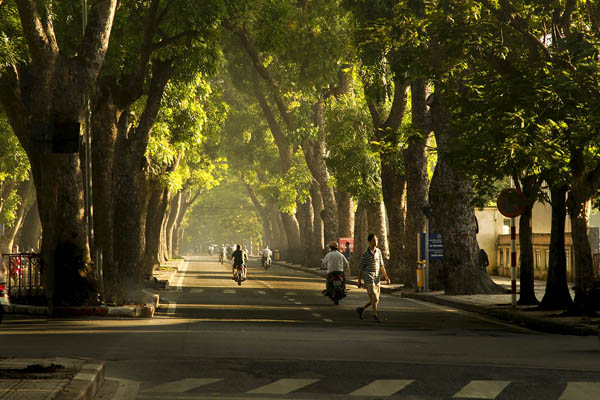
Telecommunications in Vietnam
Telephone
Most hotels now have IDD phones in rooms and it is possible to send faxes from hotels and post offices although these services are expensive. It may not always be possible to make international calls in remote areas.
If you have worldwide coverage, you can bring your own mobile phone and use it to make domestic or international calls. Check with your mobile phone provider for the costs before using it abroad as you may have to pay for listening or dialing as well
Internet in Vietnam
Most of the hotels in the cities connected to the Internet. Some of them have wireless broadband access in rooms or public areas. Cybercafes are becoming popular and are easily found in major towns and cities. Prices are reasonable, usually below US$1 per hour. In many Internet cafes, you can buy pre-paid international phone cards to dial from a computer to a landline or mobile phone worldwide. Most Internet cafes are equipped with webcams, headsets, and microphones.
Mailing in Vietnam
Postcards are sold at all main tourist sites and stamps are available from post offices and some hotel reception desks. A postcard to Europe costs VND 9,000 to send and takes up to two weeks to reach the country of destination.
Vietnam Transportation
Vietnamese law does not allow foreigners to rent and drive a car. It is highly advisable to rent a car with a driver who knows the roads and can speak Vietnamese in case of any problems. Traffic and road conditions may be very different from what you are used to even if you have an International driving license.
In Vietnam, drivers are just drivers. Tour guides need to be licensed by the National Tourism Authority. Tour guides are the only persons legally entitled to escort tourists. Viet Vision Travel specializes in arranging tours with private drivers and qualified professional tour guides.
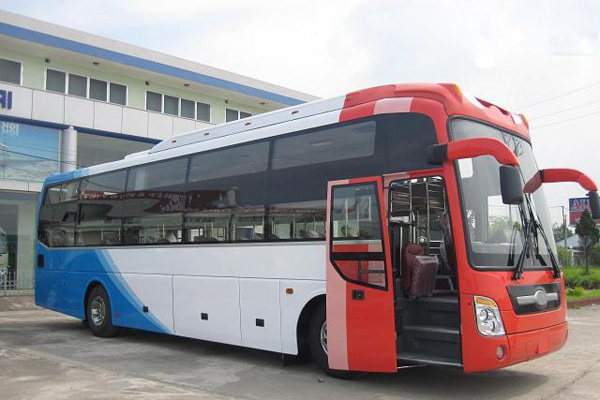
Airport Tax in Vietnam
The international departure tax is payable by all travelers leaving Vietnam. It is not included in the price of your flight ticket and must be purchased at the airport before departure.
- Ho Chi Minh City, the International departure tax is USD 12.
- Hanoi, the International departure tax is USD 14.
- Danang, the International departure tax is USD 12.
- Domestic flights are not subject to airport tax. It is already included in the price of your ticket.

